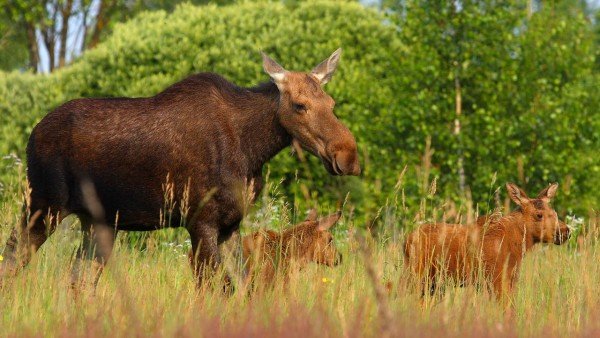Demonstrate the proliferation of wild animals in the Txernobyl area

Nearly 30 years after the Chernobyl nuclear power plant disaster, a long-term study has shown that the area contaminated by radioactivity increases larger mammals. Moreover, today some species are more abundant than before the catastrophe. The work has been led by researcher Jim Smith of the University of Portsmouth and published by the journal Current Biology.
The area contaminated by the nuclear accident has become a laboratory to investigate the effects of radioactivity. Thus, studies such as birds, fish, insects or arachnids have shown the negative impact of radioactivity on many species.
However, in the study now published they have focused on the large mammals that inhabit the contaminated area of Belarus. The number of animals has been calculated using two methods: on the one hand, from 1987 to 1996, direct helicopter flight in winter and, on the other, from 2008 to 2010, measurements made following the remains of the animals in the snow. Subsequently, other uncontaminated areas of Belarus have compared the figures with similar results.
Thus, it is noted that in the contaminated area the populations of moose, common deer and wild boars have increased considerably since 1987. For example, the number of deer has increased 10 times since 1996. The density of wolves is 7 times higher than in the compared zones. According to the researchers, this difference is explained by the prohibition of hunting.
In addition, researchers have checked whether animal density is related to the degree of soil radioactivity and have concluded that no. The results suggest that human activity (agriculture, hunting, forestry...) was more detrimental to large mammals than to chronic radioactivity.
Buletina
Bidali zure helbide elektronikoa eta jaso asteroko buletina zure sarrera-ontzian











